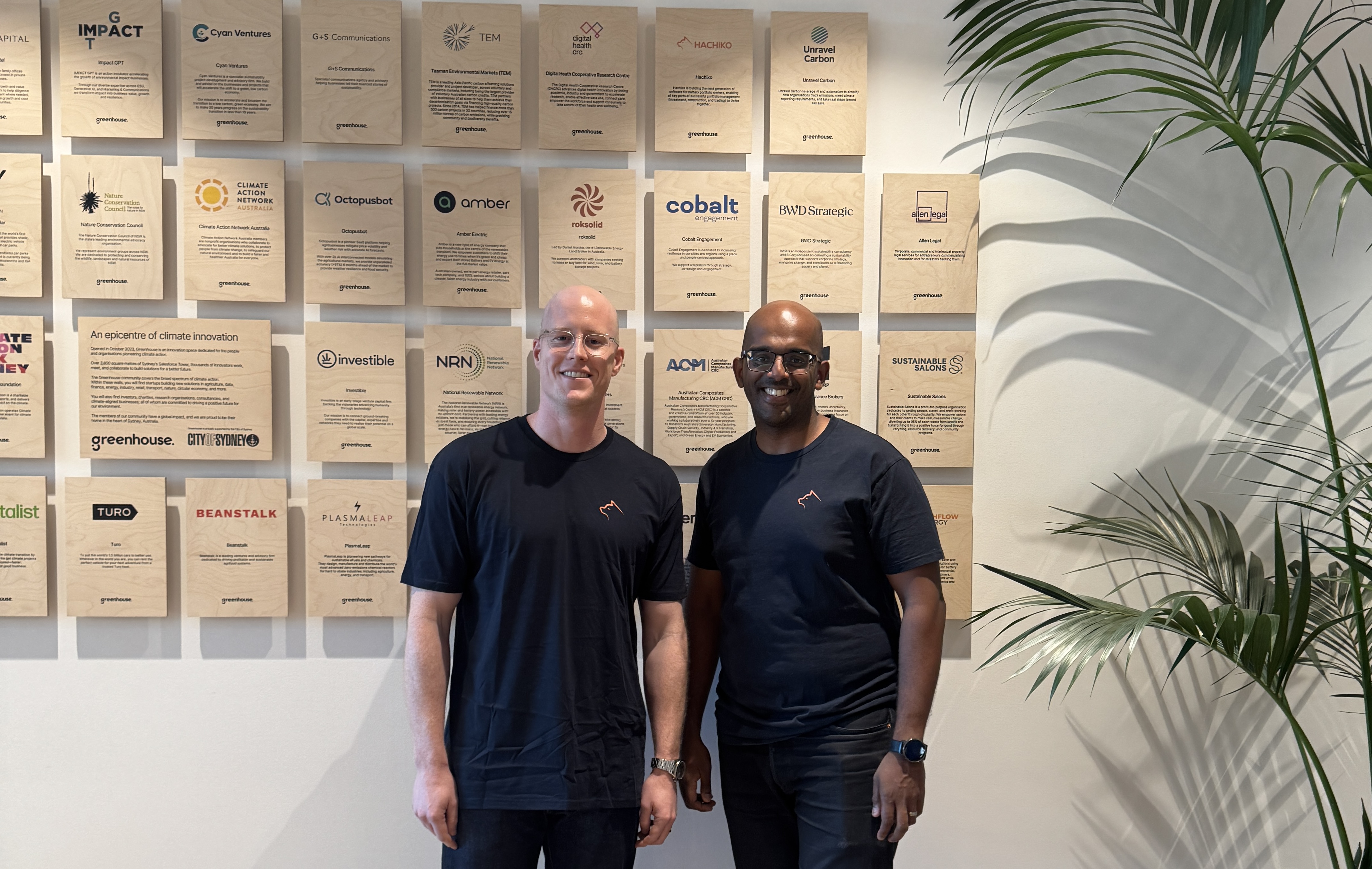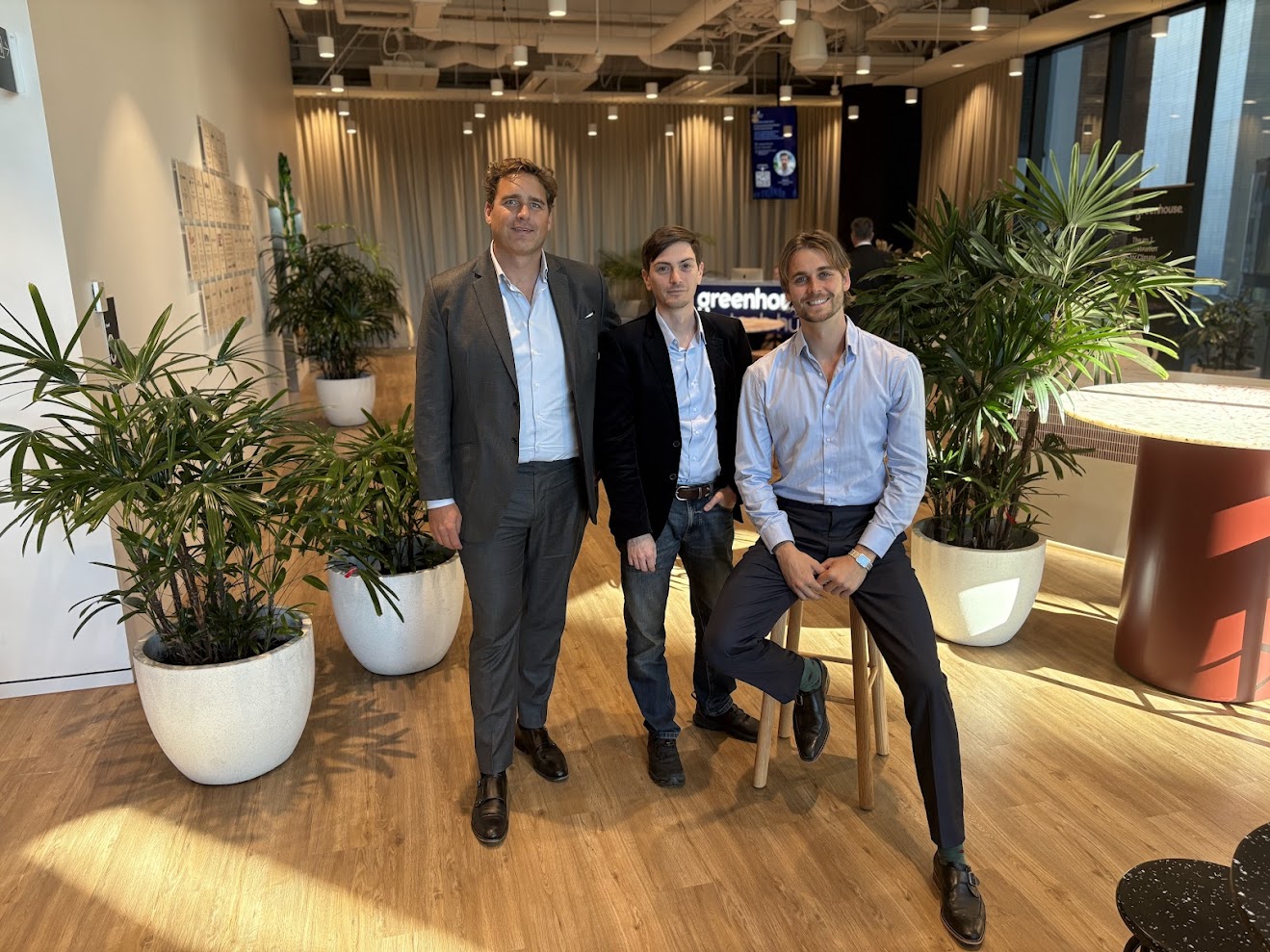All about the Investibility Index: Investible’s framework for early-stage investing
By
Investible
April 26, 2022
.jpeg)
" The process of raising seed capital or deciding whether or not to invest in an early-stage startup can be daunting. "
For founders, it’s a catch-22; the capital raising process takes precious time away from the day-to-day running of your business but may also be critical in getting to the next stage of growth.
For investors accustomed to evaluating listed or later-stage companies, assessing a seed-stage startup can also be tricky. The companies rarely have detailed historical data and forecasts can be unreliable, making the decision more subjective than substantive.
Having worked with thousands of startup founders around the world and invested in early-stage businesses for over a decade, we have gained valuable insight and hard data on what makes a business ‘investible’ at the seed funding stage. Our experience has been catalysed into our Investibility Index – a 15-point methodology covering the factors that offer the best glimpse at a startup’s future.
This framework allows us to bridge the gap between founders and investors. It keeps the process streamlined so founders can focus on their business, and helps investors make better, faster decisions as they build diversified portfolios.
So what exactly is the Investibility Index?
At its simplest, the Investibility Index is designed to help us effectively evaluate investment opportunities by focusing on the factors that matter most to a startup’s long-term success. Essentially, we use it to find out whether we’re looking at a great investment opportunity or a founder who simply excels at pitching.
To uncover the world’s best founders, we’ve looked deeply at thousands of companies. Our methodology has mileage.
The Investibility Index covers a mix of both qualitative inputs and quantitative data. It’s designed to give us an indication of how ‘thriveable’ a startup is (meaning its potential to grow exponentially) and how ‘survivable’ it is (meaning its ability to withstand significant challenges and disruptions).
As you can see, there are a lot of different factors we can track to paint a picture of the founder, their ability to communicate their vision, their business, the opportunity and whether the deal is suitable. Founders who can effectively communicate across each of these areas will have a better chance of success.
The centre focuses on the founder and the two main ways that founders can share their business story: the investor pitch and deck and our proprietary Business Model Blueprint framework.
The Founder
Having the right founder(s) is the most impactful factor in startup success. That’s why founders sit at the centre of our model. Investors need to understand founders’ experience, skills, attributes, attitudes, vision and values to determine their likelihood of success.
This is primarily a qualitative assessment; do they have a passionate connection to the problem? What makes them uniquely placed to solve it? Are they coachable?
But we don’t just rely on a gut feel. We also use Fingerprint for Success (F4S) to analyse founder attitudes and motivators. F4S assesses founders across forty-eight different components, modelling the results against the behaviours of the world’s most successful entrepreneurs. This helps both us and the founder understand the factors that will help their team realise success and the blindspots that once identified can be addressed and mitigated to avoid challenges along the way.
The inner-circle contains the Business Factors, which tell us about the overall health of your business and how well you can execute on your plans.

Business model
Assessing your business model depends on the type of model you have. For instance, if you’re creating a marketplace-style business, investors will want to understand whether the business taps into a latent supply, if it’s aggregating an existing but fragmented market and the potential for leakage – which is when your sellers and buyers can transact without you.
If you have a SaaS model, investors will likely ask about the customer’s propensity to move from free to paid subscriptions, whether it’s a one-off or recurring model, and the unit economics. If you know your business model inside and out and go into investor meetings prepared to position these factors in the best light, you’ll be much more likely to keep investors interested.
The business model is the foundation of a growing business, but it is often the factor that startups don’t spend enough time thinking about and validating. One way to validate your business model is via Investible’s Business Model Blueprint. The BMB is a framework that helps founders through the process of validation for their business model including value financial and delivery propositions.

Traction
There is often a lot of confusion as to what constitutes traction for seed-stage startups, and what level of traction is required to secure seed funding. Again, it’s not a one-size-fits-all approach.
Traction is all about showing investors your business can work. It can take a variety of different forms and it doesn’t necessarily mean a startup is already getting dollars through the door. Traction might be key people that have been brought into the business or advisors who are supporting it, the tech that has been built or validated, and the number of customers signed up (regardless of whether they’re paying or not).
Especially at the seed stage, it’s important to consider the recency of what has been achieved, under what conditions and with what resources. The earlier the business, the more important the quality of the traction as opposed to the quantity.
In any case, it’s important to consider whether the traction is trending in the right direction or that founders are able to demonstrate they have validated the pathway to achieve traction at the right time, in the right market.
Competition
The reality is that very few early-stage startups have no competitors. We don’t avoid investing in a company because it has competitors – and often, the presence of competitors signals that the problem you’re solving is real and the market opportunity significant.
Competition is included within the Investibility Index because we want to assess how well a founder can communicate their unique advantage, contextualised for their competitive landscape. We’re assessing whether a founder can show us where they’re going and how they plan to get there – essentially, how you will grow into your competitive advantage.
In terms of the competition, we’re essentially assessing a founder’s vision and their understanding of your competitive landscape. We’re looking for intelligent analysis and that they’ve validated their assumptions about how they stack up against competitors and where the opportunities lie. It’s a great opportunity for founders to turn their competition into an asset by demonstrating what makes them uniquely positioned to succeed.

Industry
The mandate of our funds and Club Investible covers a large range of industries and sectors. We often tap external industry experts to provide context around specific deals but investors also want to know that a founder has a good grasp of industry factors that might influence their business growth.
This might include data around the market’s overall growth rate, demographics, regulations and importantly, tech adoption. Investors will likely have a few questions in mind: What are the potential barriers to entry specific to the startup’s industry? Is the startup in a one-horse race (a “winner-takes-all” opportunity) or part of a growing market where greater competitor activity shapes the course for all players? These factors give investors clues as to, ‘why now?’ What’s happening in the market that’s tipping the scales in your favour.
By showing investors why now is the time to invest, founders can demonstrate that they understand the market and that they are uniquely positioned to succeed in the current or future conditions.
The outer circle covers the Deal Factors, which help investors understand the structure and attractiveness of the deal.
Cap Table
To know where you’re headed, investors need to understand where you’ve been. To that end, we’ll want to know people or entities that have invested in your startup previously and how much equity each party owns.
When assessing this cap table, the first thing we look at is how much the founders own in total and how the equity is split between founders. It’s important that the founders are highly incentivised by equity, so investors at seed stage will want to see that the founders own the majority of the equity. If co-founders hold different equity splits, it’s important to know why.
The second thing we look at is who is on the cap table, how they got there and what value they add to the business – are they team members, advisory board members, value add investors or simply financial investors? The expectation is that parties are there to largely add value to the startup’s journey.
It’s also favourable to have fewer investors (in most cases) as it means there are fewer stakeholders in the business with less complexity in terms of reporting and shareholder voting. In fact, Australian businesses with more than 50 entities on your cap table become unlisted public companies, which comes with additional reporting and compliance requirements.
We generally advise startups to bundle smaller investors together and focus on securing investors who can add real lasting strategic value to the business.

Affinity
When assessing early-stage startups, investors often add an element of ‘gut feel’ beyond their analytical or quantitative assessments. Typically, investors seek to invest in founders who they like, in businesses and industries they understand, and in companies with a bigger mission they want to support.
Investing in a startup is never a one-sided deal, so doing your own due diligence on investors and engaging well ahead of a capital raise helps build rapport. It also gives investors a chance to get to know you as a person, not just as a founder.
You can ask investors about how they typically work with founders post-investment and about their expectations for reporting and support. You should also ask existing portfolio founders for their perspectives on different investors to ensure it’s a good fit.
Related: Due diligence isn’t just for investors
Weighing the Key Factors
The relative importance of these factors will differ for each deal depending on the stage of the business, the size of the deal and the preferences and goals of the investor.
At Investible, we weigh the founder factors much more heavily in the early stages, followed by the business model and then the remaining factors. For Series A or Series B rounds, the weighting shifts more toward the traction and is more evenly spread across other factors such as the industry, competition, risk, and projections.
Want to apply for funding for your startup? Get in touch.







